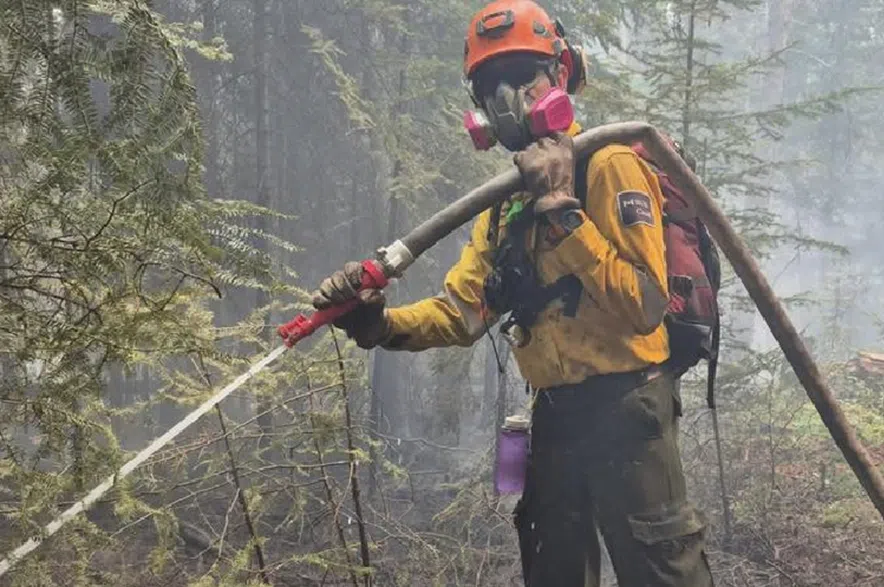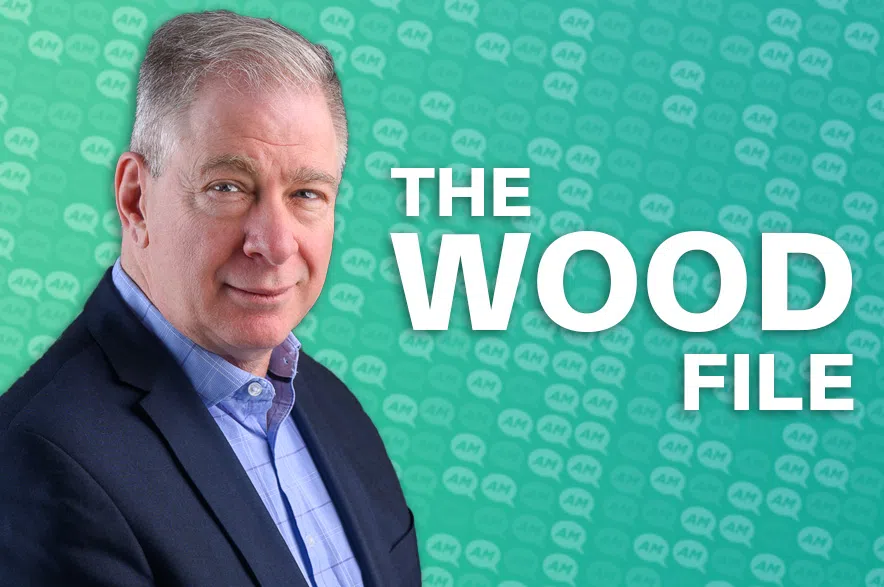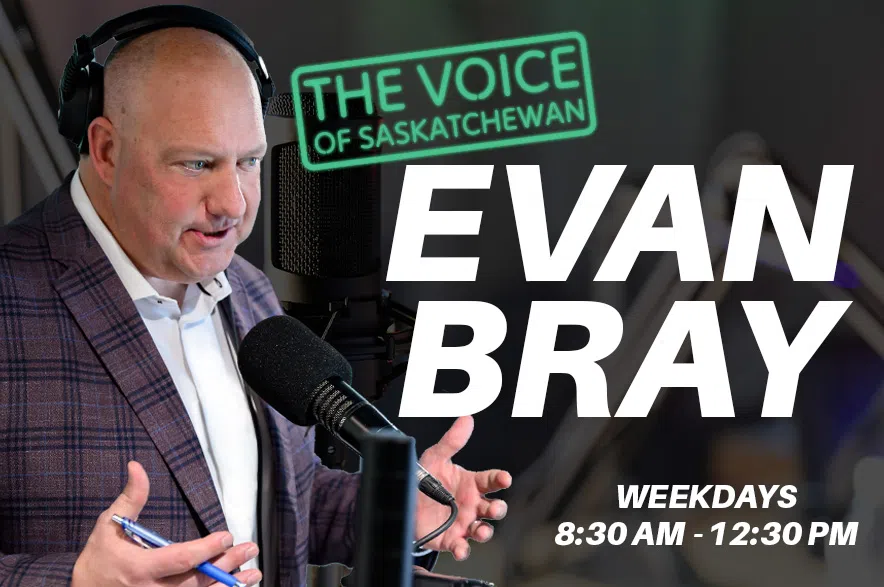By Kenneth Cheung
The Buhl fire, first reported on June 29 and caused by a lightning strike, has now burned approximately 60,389 hectares, including 11,059 hectares inside Prince Albert National Park and 49,329 hectares on provincial Crown land.
According to Parks Canada, as of Monday the fire remained eight kilometres from Ramsey Bay, 12 kilometres from Montreal Lake, and 30 to 38 kilometres from Waskesiu, Elk Ridge and McPhee Lake.
Read more:
- Why a lawsuit about government response to Sask. wildfires isn’t going ahead
- Wildfire smoke slows Sask. garden growth, dropping tomato and cucumber yields
- Saskatchewan’s air quality could remain low for days due to wildfire smoke
“While there has not been significant movement towards communities in the last few days, the danger has not passed — conditions can change quickly,” said Parks Canada in a post on Facebook.
Currently assigned to the Buhl fire are 126 personnel, nine helicopters, nine pieces of heavy equipment and access to additional water bombers as needed.
Suppression crews are establishing control lines to contain the fire’s eastern and southern perimeters. Low visibility due to smoke has disrupted some operations.
The provincewide fire ban issued on July 10 remains in effect. The ban encompasses the area north of the provincial forest boundary, up to the Churchill River.
Meanwhile, the Muskeg fire, located north of the La Plonge Indian Reserve and the village of Beauval, has grown to an estimated 221,491 hectares since it was first reported in late June, according to the Saskatchewan Public Safety Agency’s latest update on July 22.
That fire remains uncontained and is threatening critical infrastructure, including Highways 918, 165, 914 and 965, along with SaskPower lines.
Fire crews, supported by air tankers, helicopters, drones and heavy equipment, are working within 50 to 150 feet of the fire’s perimeter near key infrastructure, including Beauval Ranch, Burnoff Ranch and Sakamayak.
There are currently 49 active wildfires burning in the province. Of those, one is categorized as contained, 14 are not contained, 17 are ongoing assessment and 17 are listed as protecting values.
There are four active declarations of local emergency due to wildfire: Resort Subdivision of Lac La Plonge, Northern Village of Beauval, Resort Subdivision of Little Amyot Lake and the Northern Hamlet of Cole Bay.
While parts of Saskatchewan saw localized flooding over the weekend, Saskatchewan Public Safety Agency vice-president Steve Roberts said the rain missed the wildfire zones.
“The areas that we have these large fires that we’re working on right now did not receive substantive precipitation,” he said.
He added the small amount of rainfall brought increased humidity, which temporarily calmed fire behaviour, but with only one day of rain, Roberts said there are no plans to lift the current fire ban.
The number of evacuees reported by the public safety agency jumped in the last few days to 2,800.
“It has increased because we refined some of the numbers of people actually out of their communities,” Roberts said.
Some people are leaving voluntarily due to smoke exposure.
Support for the north
Leroy Laliberte, NDP MLA for Athabasca, said the ongoing evacuations highlight a broader lack of planning and infrastructure support in the north, noting that evacuees are often forced to travel far from home.
“A lot of the community members end up having to travel to other locations to receive the services, so they’ll either drive up to Meadow Lake or else have to travel all the way to Saskatoon, North Battleford or Prince Albert, and sometimes out of province into Lloydminster,” he said.
“This is just unacceptable. We should be able to receive these services right at home because… they’re necessary services. This is health care.”
Laliberte said the province has failed to prepare for emergencies like wildfires and alleges it’s part of a long-standing pattern of inaction in the north.
“They’ve had all these years to be able to fix this,” he said. “And it seems that every year they say that, you know, they’re going to start listening to community members … And as of right now, we haven’t seen any change.”
He noted that the Saskatchewan NDP will continue raising these concerns.
“We’re not gonna be quiet about it,” he said.
“Like I said, it’s totally unacceptable.”
–with files from 650 CKOM











